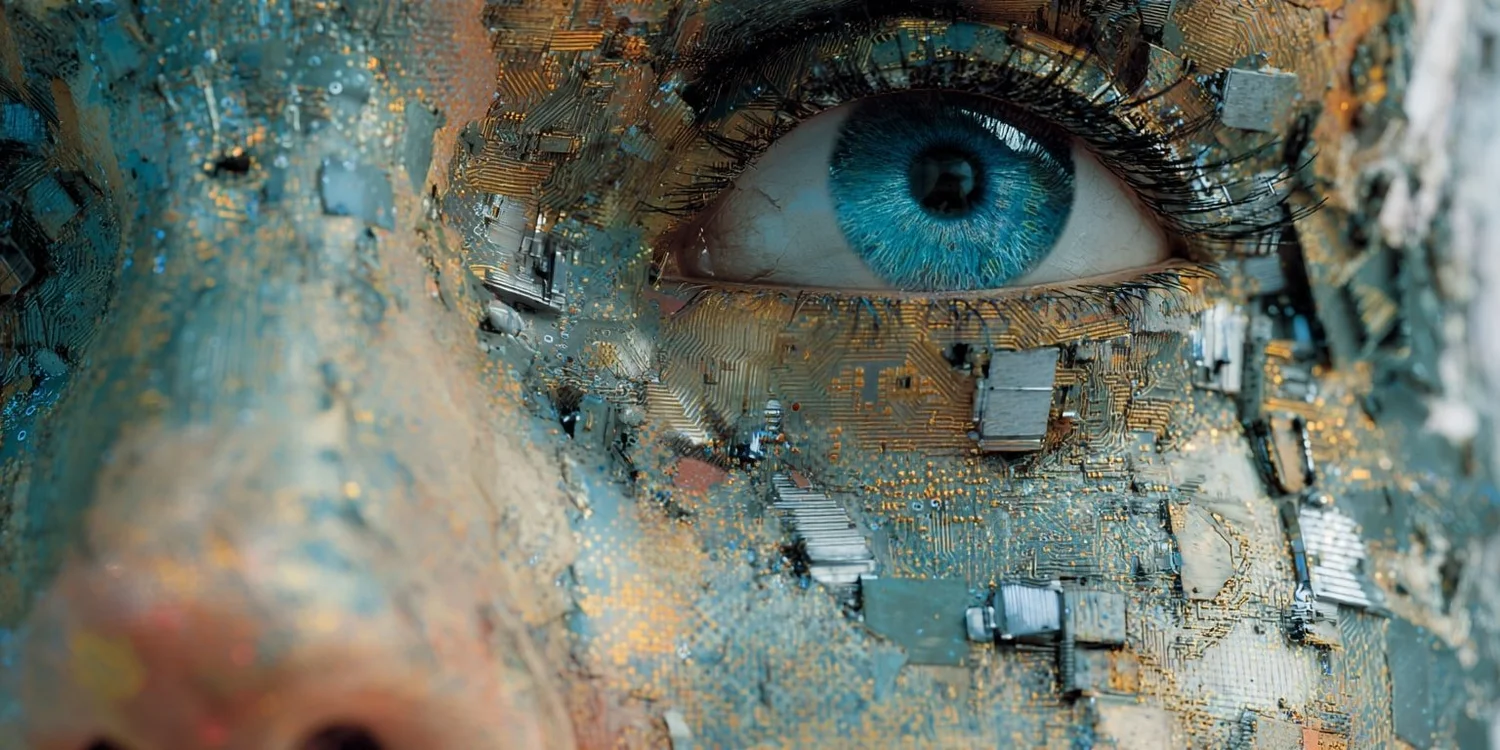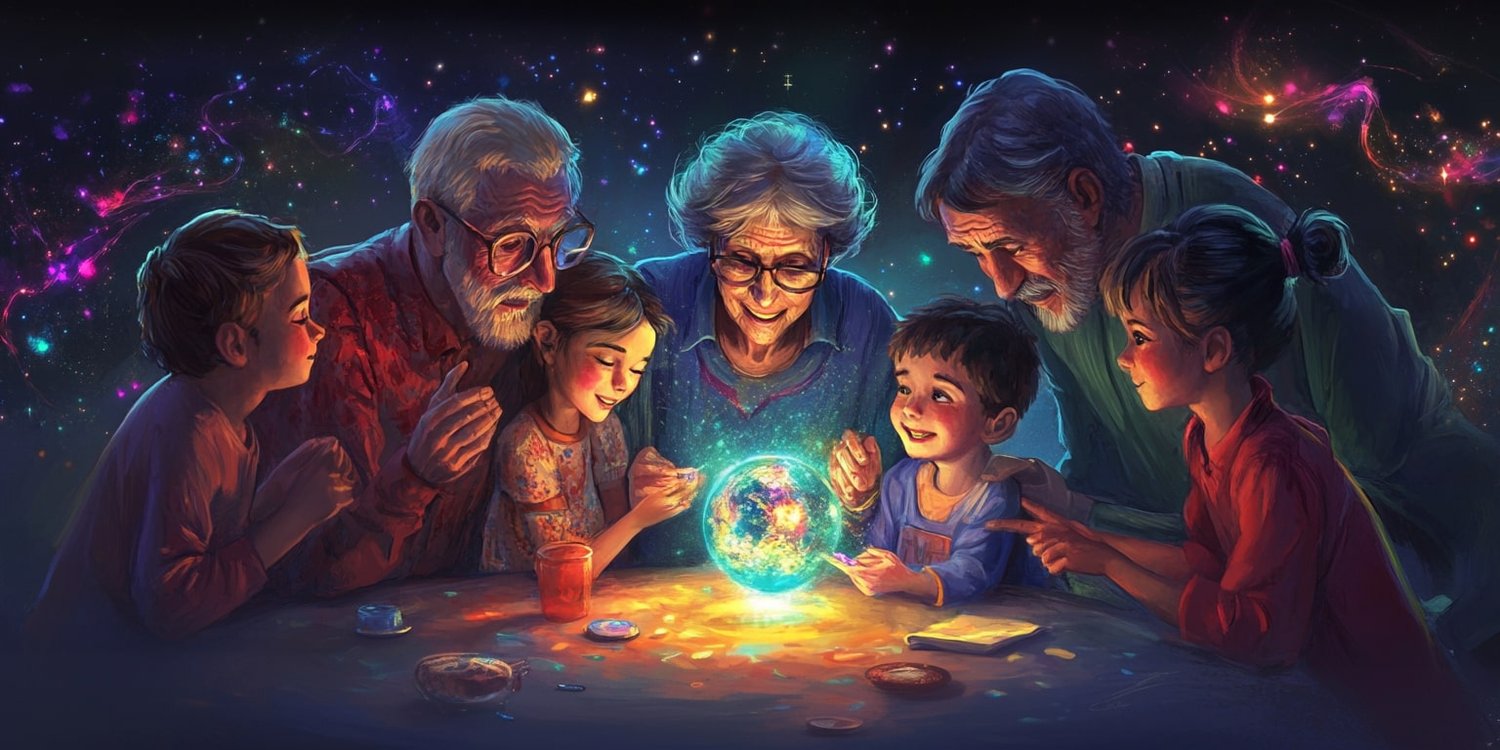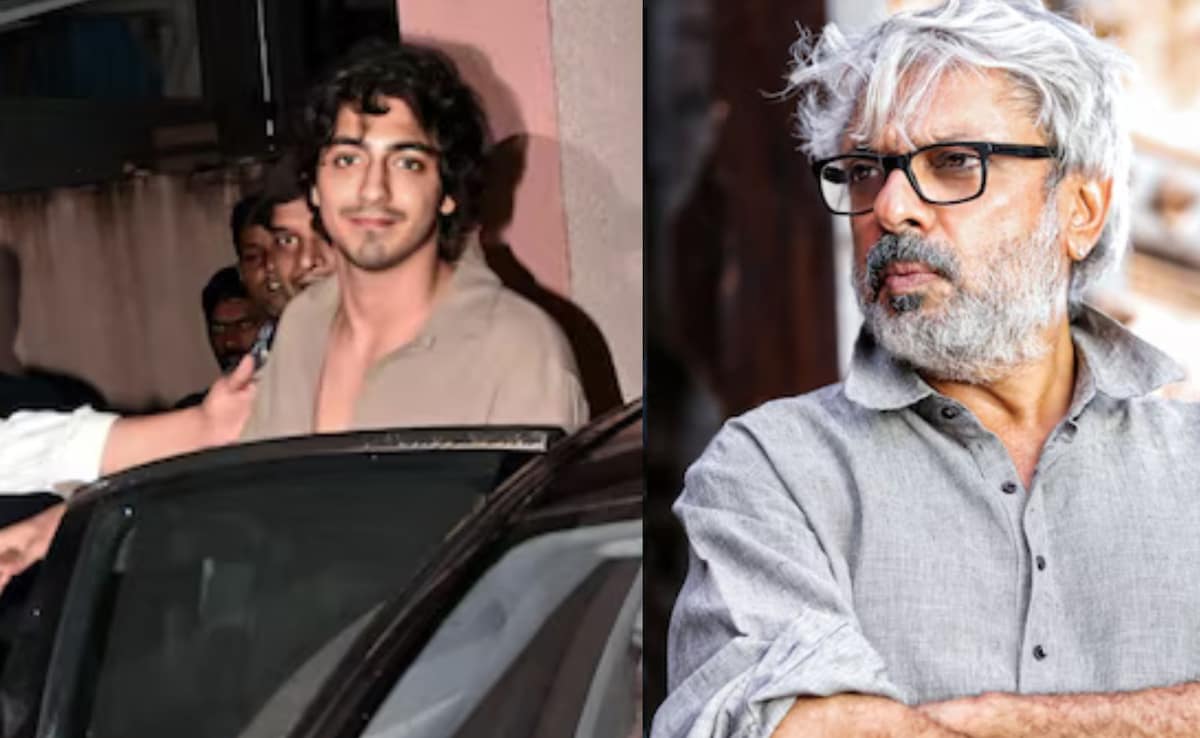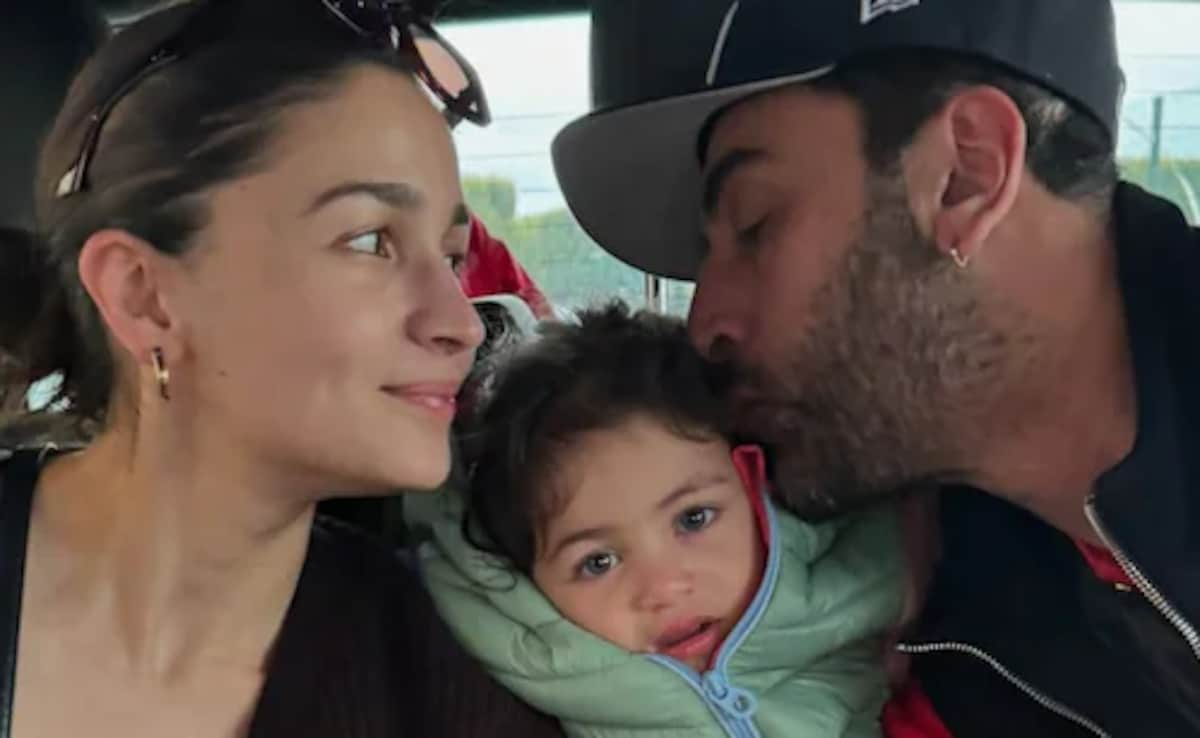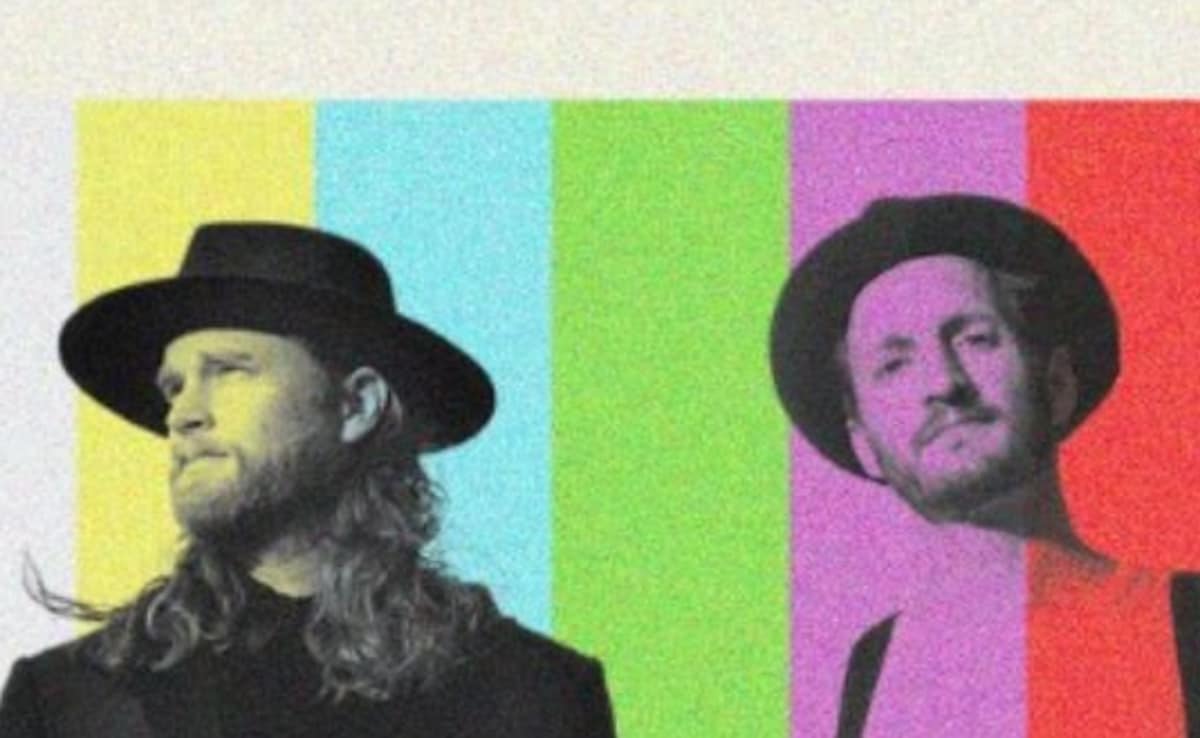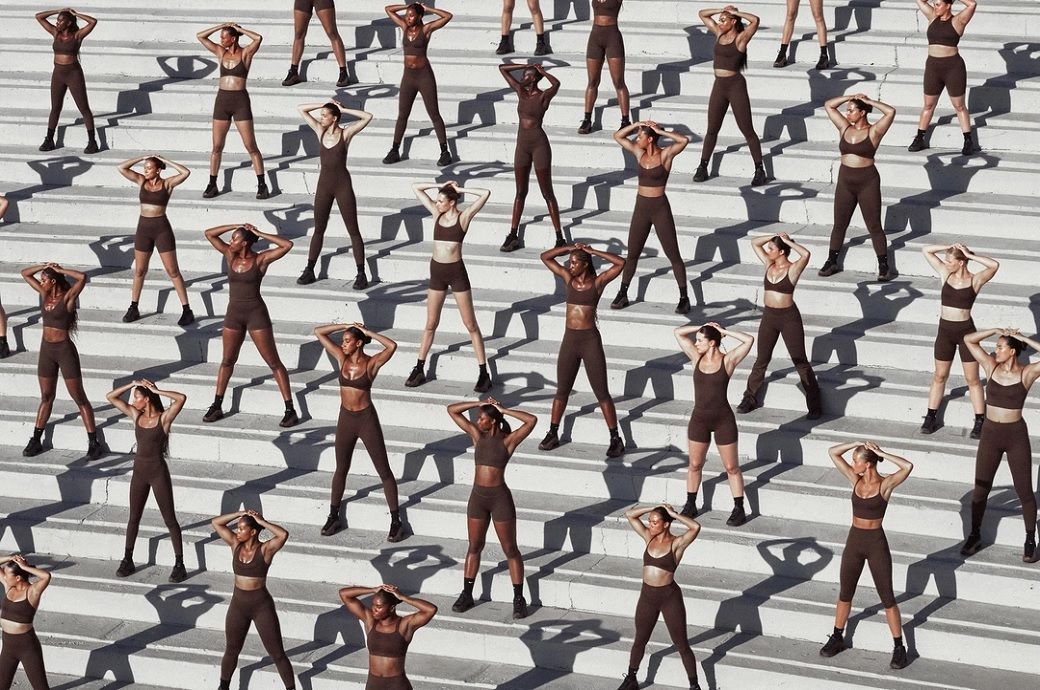Art Fein, Cable TV Host & Author, Dies at 79: ‘The Ed Sullivan of Public Access TV’

Art Fein, a longtime fixture of the Los Angeles music scene who achieved his greatest success as the host of Art Fein’s Poker Party, a music-focused public access TV show, died on July 30. He succumbed to heart failure while recuperating from surgery for a broken hip. He was 79.
Art Fein’s Poker Party, which debuted in 1984 as Lil Art’s Poker Party and ran for 24 years, drew such guests as Brian Wilson, Alison Krauss & Union Station, Love with Arthur Lee, Dwight Yoakam, Spirit, Dion, Joe Strummer, Etta James, and session musician Carol Kaye, a member of the fabled Wrecking Crew. And that’s just for starters.
Each episode ran for 30 minutes, and featured conversation and performances. Many of the videos are archived at Fein’s YouTube channel.
“Terribly saddened to hear that Art Fein, producer/manager, music historian and really, the Ed Sullivan of public access TV, has passed away,” bass player Toni Pambianco wrote on X. “He’ll be greatly missed.”
Fein especially liked to give a platform to roots music artists such as zydeco star Clifton Chenier, Jerry “Swamp Dogg” Williams, and Ray Campi & the Rockabilly Rebels. Fein was influential in putting a spotlight on this genre, long before the Recording Academy added dedicated categories to recognize this music, namely best regional roots music album in 2012, best American roots song in 2014 and best American roots performance in 2015.
“He just did such a great job,” Rosie Flores told writer Randy Lewis, who wrote a detailed tribute/biography following Fein’s death. “We could get on television, you know, and we weren’t famous people – a lot of us weren’t famous — but we were cool, and he would give us airtime and who else was doing that? Nobody.”
Fein was quick to capitalize on a 1984 FCC policy that allowed cities to require a public-access channel any time they enter into a franchise agreement with a cable company. The show was taped in Los Angeles, where Fein relocated in 1971 after college, but also aired on local-access channels in Austin, Texas, a stronghold of roots music, and, on a less regular basis, New York City and Seattle. It was at a taping of the show at Century Cable in Santa Monica, Calif. that Fein met his wife, Jennifer, who worked there.
The show was an ideal vehicle for Fein, showcasing his passion for music and his gregarious personality in a way that regular, 9-to-5 jobs never had. In the 1970s, Fein had worked in promotion or publicity for three record companies — Capitol, Elektra/Asylum and Casablanca — but he didn’t last more than a year at any of them. He was also music editor for Variety for about a year. That wasn’t a good fit for his talents and temperament, either.
The show is where he really flowered. In 1992, when the show was eight years and 400 episodes into its run, The Los Angeles Times ran a major feature on Fein and his show. The writer of the piece, Bob Baker, noted that prior to the show, Fein “had been making an uneven living in the margins of rock music —working as a music consultant on films and TV shows, writing freelance articles, writing album liner notes and, for a couple years, managing the Blasters.”
“If this show is a springboard, I’ll be mighty happy,” Fein told Baker, “but if it’s not, I’m having a ball doing what I want to do. I’ve always had an artistic temperament, but before I started the show I never had any art. I couldn’t sing; I didn’t want to write a novel. But this is something I feel really good about. I almost feel like a knight going off to battle when I leave the house, like I’m going to really say something.”
Fein was a catalyst who loved nothing more than making things happen (he was less concerned with whether he got paid for his role). He played The Blasters’ “Marie Marie” for Shakin’ Stevens, who recorded it and landed a top 20 hit on the Official U.K. Singles Chart in 1980. He organized annual events such as an annual Elvis Birthday Bash, held on or around The King’s Jan. 8 birthday each year for more than four decades, and a New Year’s Eve Bash for six years from 1978 to 1984.
Arthur David Fein was born on June 17, 1946, and was adopted at birth by Sam and Lillian Fein. The music bug bit him when he was 10, which is also, not coincidentally, when Elvis Presley, Jerry Lee Lewis, Chuck Berry and other rock and roll icons exploded.
In his 2022 memoir, Rock’s in My Head, Fein wrote about accidentally catching Presley on The Ed Sullivan Show in January 1957. “My life changed in a lightning bolt,” he wrote. “Who was this side-burned Pied Piper from outer space with slick black hair like Superman, and just as handsome? … What was this music? This was rock & roll!”
Fein became an even bigger fan of Lewis. “If Elvis was God, Jerry Lee Lewis was the Prince of Darkness,” he wrote.
Fein graduated from the University of Colorado, Boulder at the end of the 1960s with a degree in journalism. He moved to California in 1971, living for a couple of years just south of Santa Cruz. In 1973, he moved to L.A. He had a brief stint at Capitol in the label’s newly-created college promotion department. The department was eliminated less than a year later.
Fein freelanced music articles for a time before being hired as music editor at Variety. That job didn’t last long either, nor did subsequent jobs in publicity at Elektra/Asylum and Casablanca. Some people just aren’t cut out for 9-to-5 gigs.
Fein did better working for himself. He hung out his shingle as an artist manager, working with Ray Campi & the Rockabilly Rebels, The Blasters, The Cramps and The Heaters. In 1983, he produced the album, (Art Fein Presents) The Best of L.A. Rockabilly. He was a music consultant for TV and film — Roadhouse 66 (1984), Tour of Duty (1987) and Blood Diner (1987).
Fein was also a successful author. He wrote three books: The L.A. Musical History Tour: A Guide to the Rock and Roll Landmarks of Los Angeles (Faber & Faber, 1991, with a second edition published by 2.13.61 in 1998); The Greatest Rock & Roll Stories: The Most Outrageous, Magical and Scandalous Events in the History of Rock & Roll (Rhino/GPG, 1997); and the memoir Rock’s in My Head (Trouser Press Books, 2022).
In The L.A. Musical History Tour, Fein told readers where to find such L.A. rock sites as the Foster’s Freeze in Hawthorne where The Beach Boys hung out; Morrison Hotel, where The Doors shot the cover photo for their 1970 album of the same name; and the location of the “Rock & Roll Denny’s.”
He also wrote a blog, Another Fein Mess. Dispatches from 1998 to 2017 are archived at Fein’s website.
Fein had a long and complicated friendship with Phil Spector. Fein had long idolized the legendary producer and creator of the Wall of Sound. The first place Fein stopped when he arrived in L.A. in 1973 was the now-defunct Gold Star Recording Studios in Hollywood, where Spector produced sessions by such acts as The Crystals and The Righteous Brothers. Over the years, Fein brought many friends, including Gene Sculatti, Bob Merlis, Dick Blackburn, Kristine McKenna and me, to Spector’s home for visits.
Fein remained loyal even after Spector shot and killed actress Lana Clarkson at his home in 2003. He attempted to stay in touch even after Spector was convicted of second-degree murder in 2009 and was sentenced to 19 years to life in prison. But eventually, Fein seemed to accept that he had been loyal to a fault.
“I wrote to him 15 times when he was in prison and never got an answer,” Fein revealed in his memoir. “By the time he died, on January 16, 2021, at the age of 81, I had completed my mourning.”
Journalist Chris Morris (a former Billboard writer and editor), summarized Fein’s unique collection of strengths in a review of Fein’s memoir: “Art has served rock & roll as scribe, flack, label guy, manager, promoter, TV host, kibitzer, schmoozer, and all-around good Joe. He has known the famous, infamous, nefarious, and fabulous denizens of the music and lived to tell the tale.”
Fein is survived by his wife, Jennifer, and their daughter, Jessie.
What's Your Reaction?
 Like
0
Like
0
 Dislike
0
Dislike
0
 Love
0
Love
0
 Funny
0
Funny
0
 Angry
0
Angry
0
 Sad
0
Sad
0
 Wow
0
Wow
0
















